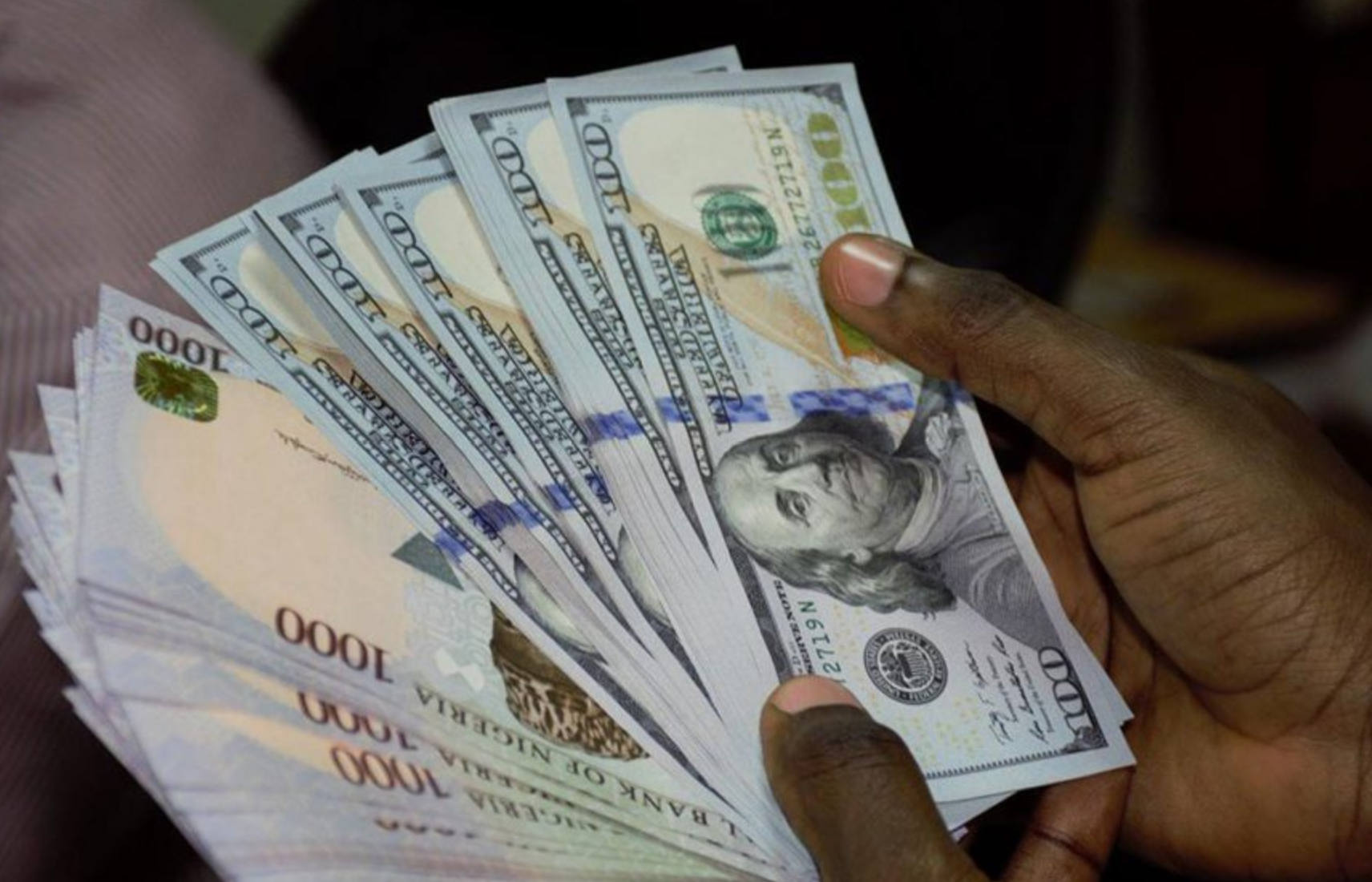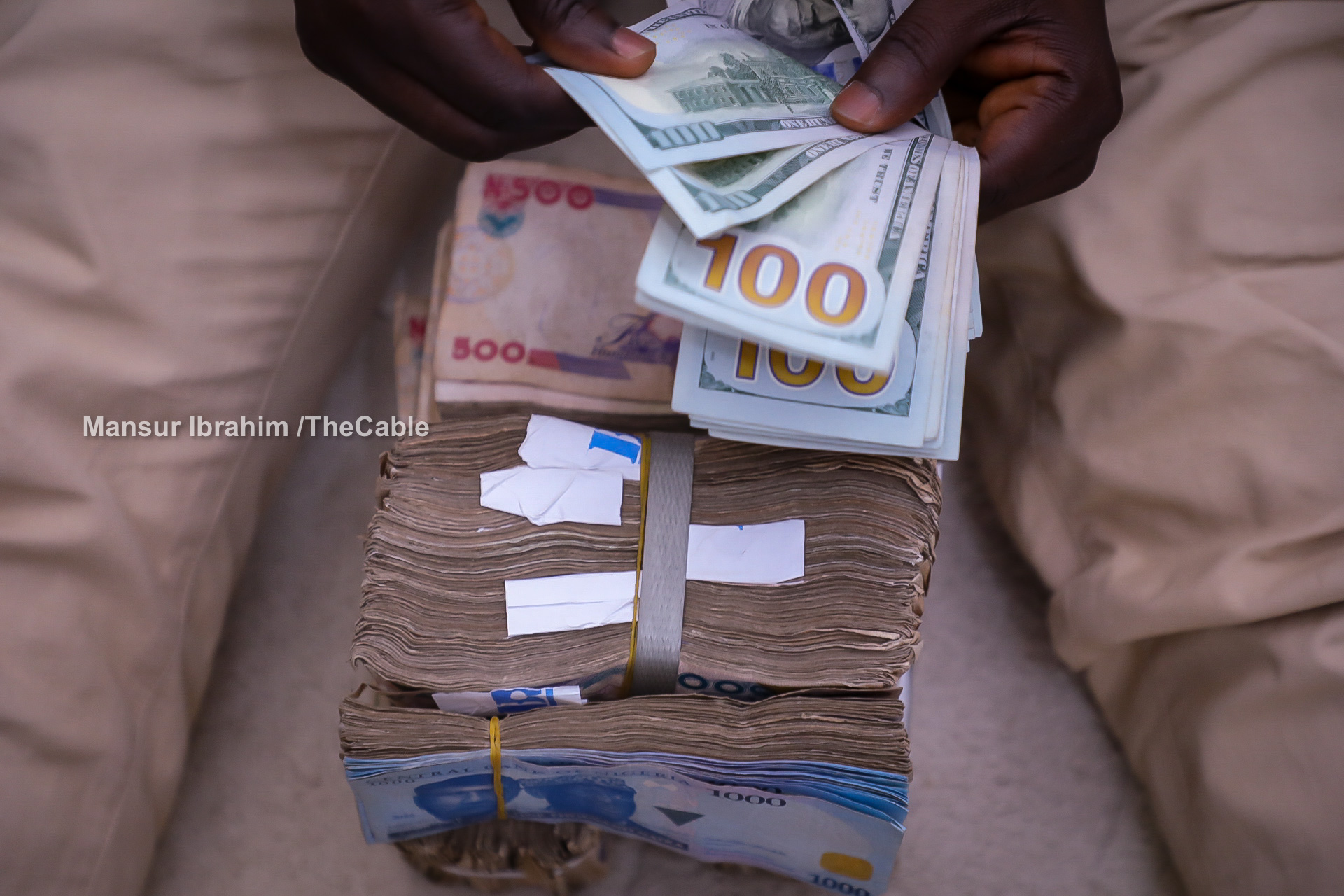Tracking exchange rate fluctuations with real-time updates and insightful analysis: Dive into the world of Parallel Market Naira Exchange Rates.

Naira falls to N1,530 at parallel market, surpasses official window rate - Source www.thecable.ng
Editor's Notes: Parallel Market Naira Exchange Rates: Real-Time Updates And Analysis was published on date. This topic will provide information on foreign exchange and is targeted towards audience who are interested in currency exchange in Nigeria.
Through meticulous analysis and comprehensive data gathering, we have compiled this guide to equip you with the knowledge and tools necessary for informed decision-making regarding foreign exchange.
Key differences or Key takeways, provide in informative table format
FAQ
This FAQ section provides clear and concise answers to frequently asked questions regarding parallel market naira exchange rates. Whether you're a financial professional, business owner, or individual seeking to make informed financial decisions, this resource will assist in your understanding of this critical topic.

Weak naira threatens Tinubu’s trillion economy ambition as - Source nairametrics.com
Question 1: Parallel Market Naira Exchange Rates: Real-Time Updates And Analysis
Answer: The parallel market, also known as the black market, is an unofficial exchange platform where currencies are traded outside of the regulated financial system. In Nigeria, the parallel market for naira exchange rates has emerged due to various factors, including government policies and economic conditions. This market operates independently of the official interbank market, where the Central Bank of Nigeria sets the official exchange rate.
Question 2: Why is it important to understand parallel market naira exchange rates?
Answer: Parallel market naira exchange rates hold significant implications for individuals and businesses engaged in international transactions or relying on foreign exchange for various purposes. Understanding these rates is essential for making informed financial decisions, managing currency risk, and conducting fair and transparent business practices.
Question 3: How do parallel market naira exchange rates differ from official interbank rates?
Answer: Interbank exchange rates are determined by a combination of economic factors, including supply and demand, interest rates, and government intervention through the central bank. In contrast, parallel market rates are influenced by factors such as speculation, demand for foreign exchange, and the availability of alternative trading channels. As a result, parallel market rates can fluctuate significantly and may deviate substantially from official interbank rates.
Question 4: What are some of the factors that influence parallel market naira exchange rates?
Answer: Multiple factors contribute to the dynamics of parallel market naira exchange rates, including:
Understanding these factors is crucial for analyzing and predicting trends in parallel market naira exchange rates.
Question 5: How can individuals and businesses mitigate the risks associated with parallel market naira exchange rates?
Answer: Managing currency risk is essential when dealing with parallel market naira exchange rates. Strategies to mitigate these risks include:
Understanding and employing these strategies can help individuals and businesses navigate the potential risks associated with parallel market naira exchange rates.
Question 6: What is the outlook for parallel market naira exchange rates in the future?
Answer: Predicting the future trajectory of parallel market naira exchange rates is challenging due to the complex and dynamic nature of influencing factors. However, close monitoring of economic policies, global market conditions, and political developments can provide insights into potential trends. Staying informed and adapting strategies accordingly is key for managing currency risk and making informed financial decisions.
In conclusion, understanding parallel market naira exchange rates is crucial for individuals and businesses seeking to navigate the complexities of the foreign exchange market in Nigeria. By staying informed about the factors that influence these rates, employing risk management strategies, and remaining adaptable to changing market conditions, they can make informed decisions and mitigate potential financial risks.
To delve further into this topic, explore our comprehensive article on Parallel Market Naira Exchange Rates: Real-Time Updates And Analysis for a deeper analysis and insights.
Tips
Guiding principles for navigating the parallel market and optimizing foreign exchange transactions.
Tip 1: Utilize Reputable Sources for Currency Rates:
Consult reliable sources such as Abokifx, Naija Rate, and Bureau De Change Operators for accurate and up-to-date exchange rates. These platforms provide real-time updates and analysis, ensuring informed decision-making.
Tip 2: Monitor Market Trends:
Keep track of historical exchange rates and economic indicators to identify patterns and anticipate market fluctuations. Understanding the factors influencing currency values allows for proactive planning and strategic currency transactions.
Tip 3: Compare Rates from Multiple Vendors:
Do not rely on a single vendor. Compare exchange rates from various licensed and trusted Bureau De Change Operators (BDCs) to secure the most competitive rates. This helps minimize potential losses and maximize savings.
Tip 4: Negotiate favorable rates:
Engage in polite negotiations with BDC operators to secure a slightly more favorable exchange rate, especially when dealing with large currency sums. However, be cautious of individuals offering significantly better rates, as it may indicate fraudulent activities.
Tip 5: Consider Market Liquidity:
Evaluate the liquidity of the parallel market before committing to large transactions. High liquidity indicates a readily available supply of foreign currencies, facilitating smoother and faster exchange processes.
Tip 6: Exercise Due Diligence and Security:
Verify the authenticity of currency notes before accepting them. Exercise caution when making transactions in public places. Consider utilizing secure and discreet locations or reputable BDCs with established track records.
Summary: By following these tips, you can navigate the parallel market with confidence, optimize foreign exchange transactions, and mitigate potential risks associated with currency exchange.
Parallel Market Naira Exchange Rates: Real-Time Updates And Analysis
The parallel market, also known as "black market," plays a crucial role in many developing economies, especially Nigeria, where it influences the availability and exchange of currencies. Here are six essential aspects of parallel market naira exchange rates that require real-time updates and analysis:
- Official Rates: Understanding the official government-set exchange rates provides a benchmark for comparison with parallel market rates.
- Demand and Supply: Monitoring fluctuations in supply and demand for foreign exchange helps identify factors driving parallel market rates.
- Central Bank Intervention: Analyzing central bank policies, such as foreign exchange interventions, can shed light on their impact on parallel market rates.
- Economic Conditions: Tracking macroeconomic factors, such as inflation, trade balance, and interest rates, provides insights into their influence on parallel market rates.
- Political and Security Risks: Political instability, security concerns, and international events can significantly affect sentiment and influence parallel market rates.
- Cross-Border Transactions: Monitoring parallel market rates is crucial for businesses and individuals involved in cross-border transactions, as it helps them make informed decisions about foreign exchange conversion.
These aspects highlight the complex and dynamic nature of parallel market naira exchange rates. In Nigeria, where the parallel market serves as a major source of foreign exchange for importers and businesses, understanding these factors is vital for effective economic planning, policymaking, and risk management. By providing real-time updates and analysis of parallel market rates, market participants can gain valuable insights into the market dynamics and make informed decisions that can potentially impact their operations and the broader economic landscape.

Depreciation Continues as Naira Drops to N1,525/$ in Parallel Market - Source parallelfactsnews.com
Parallel Market Naira Exchange Rates: Real-Time Updates And Analysis
The parallel market, also known as the black market, is a decentralized and unregulated marketplace where currencies are traded outside of official channels. In Nigeria, the parallel market for naira exchange rates operates alongside the official interbank market, and the rates in these two markets can differ significantly. Understanding the connection between the parallel market naira exchange rates and real-time updates and analysis is crucial for individuals, businesses, and policymakers to make informed decisions regarding currency exchange.

Naira appreciates to N1,280/$ at parallel market - Source www.thecable.ng
The parallel market naira exchange rate is influenced by various factors, such as economic conditions, political stability, and the availability of foreign exchange. Real-time updates and analysis of these factors can provide valuable insights into the direction and magnitude of the exchange rate's movements. For example, a sudden decline in the value of the naira in the parallel market may indicate a perceived risk or lack of confidence in the economy, which could lead to further depreciation.
By tracking and analyzing the parallel market naira exchange rates, individuals and businesses can stay informed about the latest market conditions and make appropriate adjustments to their financial strategies. For instance, travelers may choose to exchange their currency at more favorable rates in the parallel market, while businesses may adjust their pricing and foreign exchange hedging strategies based on the prevailing exchange rate trends.
Furthermore, the availability of real-time updates and analysis of the parallel market naira exchange rates is essential for policymakers to monitor the effectiveness of monetary policies and make timely interventions as needed. Central banks often track the parallel market rates to assess the true value of the naira and to identify potential imbalances in the official foreign exchange market. In conclusion, the connection between parallel market naira exchange rates, real-time updates, and analysis is significant in providing insights into market conditions, guiding individual decisions, and informing policymaking. Understanding this connection allows individuals, businesses, and policymakers to navigate currency exchange dynamics effectively.
Table: Key Insights on the Connection between Parallel Market Naira Exchange Rates and Real-Time Updates and Analysis
| Factor | Impact on Parallel Market Naira Exchange Rates |
|---|---|
| Economic Conditions | A strong economy with high growth and low inflation can lead to appreciation of the naira in the parallel market. |
| Political Stability | Political uncertainty and instability can increase risk, leading to depreciation of the naira in the parallel market. |
| Availability of Foreign Exchange | Scarcity of foreign exchange in the official market can drive demand for forex in the parallel market, leading to depreciation of the naira. |
Conclusion
The exploration of the connection between parallel market naira exchange rates, real-time updates, and analysis underscores the importance of understanding market dynamics for effective decision-making in currency exchange. By leveraging real-time information and analysis, individuals and businesses can adapt to evolving market conditions, while policymakers can make informed interventions.
As the foreign exchange market continues to evolve, the connection between parallel market naira exchange rates and real-time updates will remain crucial. Monitoring and analyzing these factors will continue to provide valuable insights for navigating the intricacies of currency exchange and mitigating potential risks.